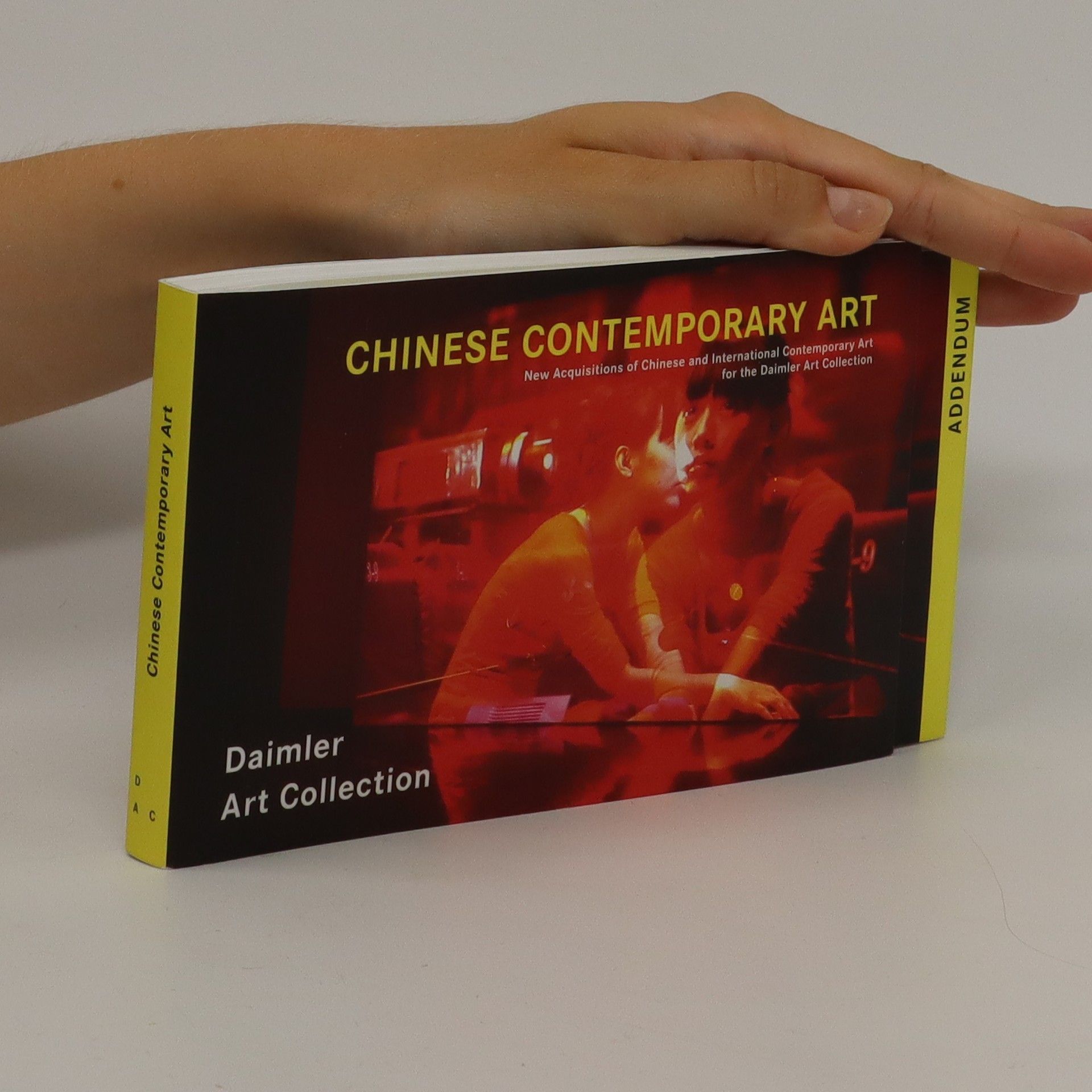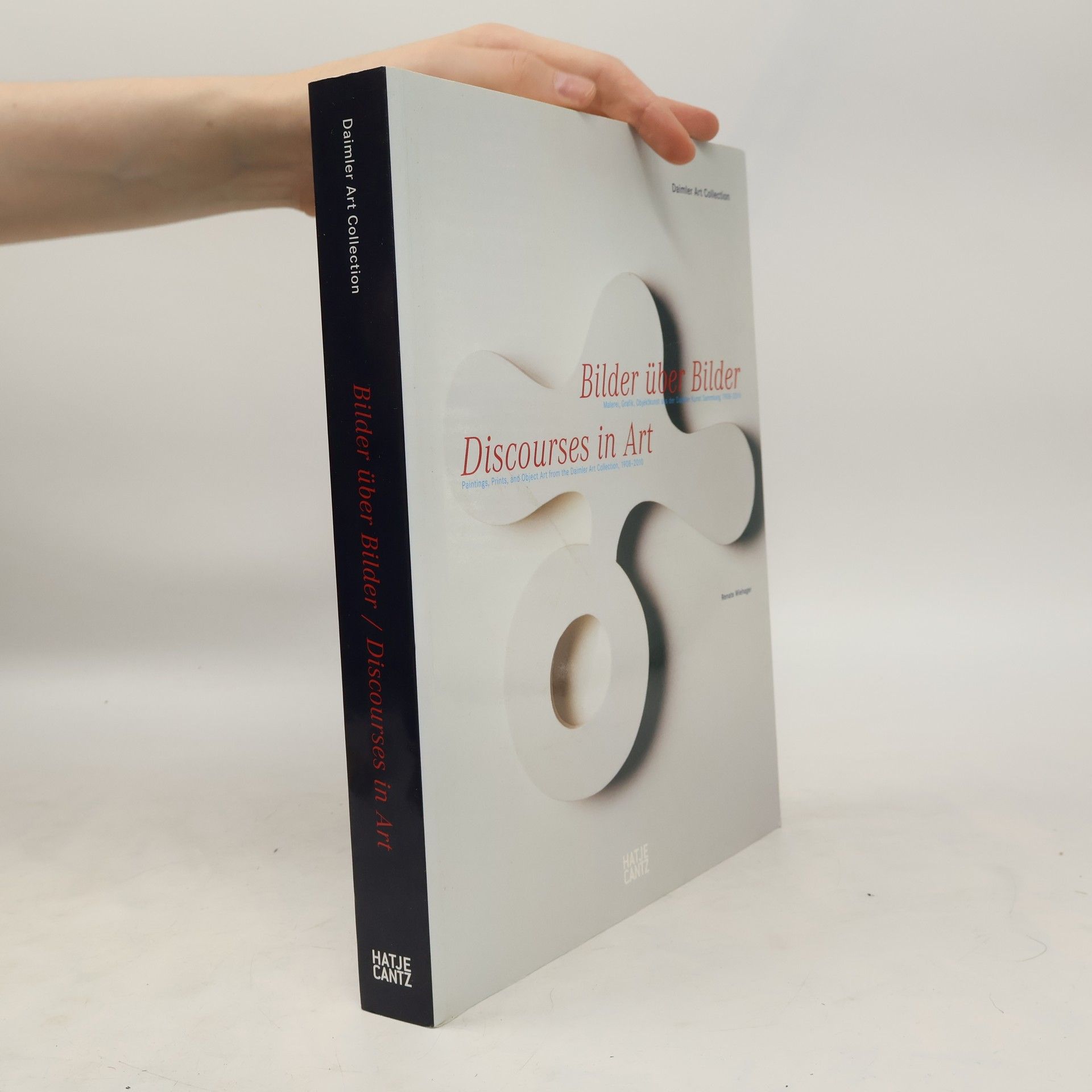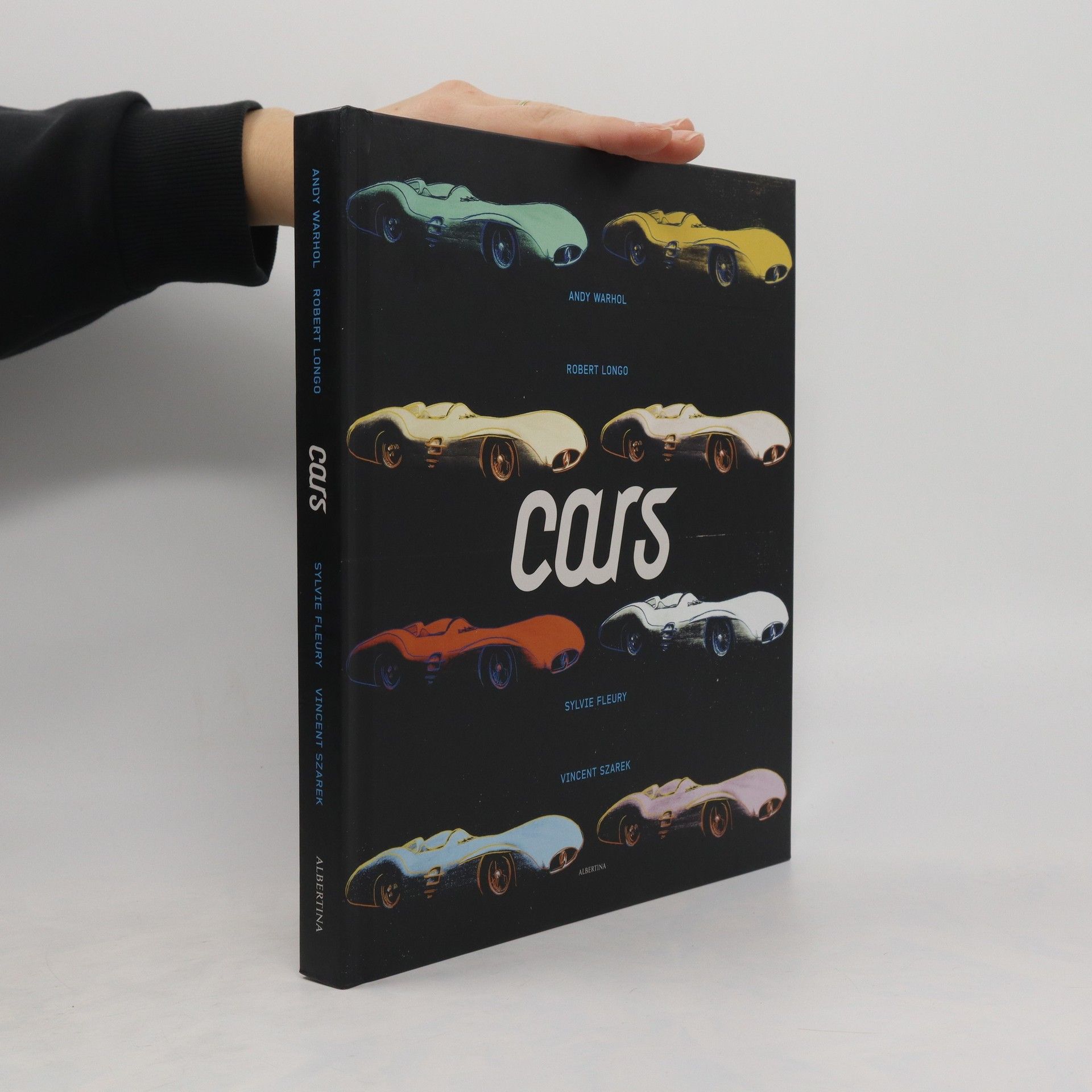Duchamp und die Frauen. Freundschaft, Kooperation, Netzwerke
Kat. Daimler Art Collection
This volume for the first time examines the women in and around Duchamp's life and work, focusing on contacts and convergences from Duchamp's youth up until his death in 1968. Some of the women geathered here were central figures in early twenty-century modernism, while others were part of fascinating intellectual and artistc networks that were, until now, in need of discovery. "Duchamp and the Women" introduces readers to the cultural circles and artistic movements in which the women presented were active and played a formative role. Exhibition: Daimler Contemporary Berlin, Germany (29.02.2020 - 07.02.2021)






